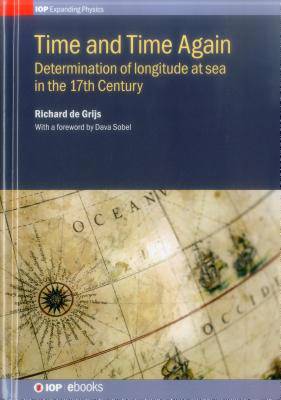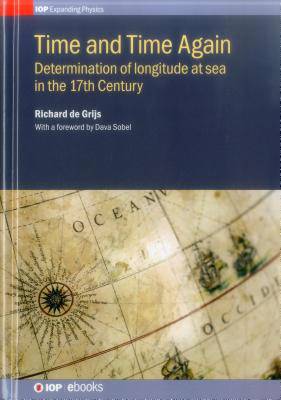
- Afhalen na 1 uur in een winkel met voorraad
- Gratis thuislevering in België vanaf € 30
- Ruim aanbod met 7 miljoen producten
- Afhalen na 1 uur in een winkel met voorraad
- Gratis thuislevering in België vanaf € 30
- Ruim aanbod met 7 miljoen producten
Zoeken
Omschrijving
Determination of one's longitude at sea has perplexed sailors for many centuries. The significant uptake of world trade in the 17th and 18th Centuries rendered the increasingly urgent need to solve the 'longitude problem' an issue of strategic national importance. Historical accounts of these efforts often focus almost exclusively on John Harrison's role in 18th Century Britain. This book starts instead from Galileo Galilei's late16th Century development of an accurate pendulum clock, which was first achieved in practice in the mid17th Century by Christiaan Huygens in the Dutch Republic. It is primarily based on collections of letters that have not been combined into a single volume before. Extensive introductory chapters on the history of mapmaking, the establishment of the world's reference meridian at Greenwich Observatory, and the rise of the scientific enterprise provide the appropriate context for nonexpert readers to fully engage with the book's main subject matter.
Specificaties
Betrokkenen
- Auteur(s):
- Uitgeverij:
Inhoud
- Aantal bladzijden:
- 368
- Taal:
- Engels
- Reeks:
Eigenschappen
- Productcode (EAN):
- 9780750311953
- Verschijningsdatum:
- 17/01/2018
- Uitvoering:
- Hardcover
- Formaat:
- Genaaid
- Afmetingen:
- 183 mm x 259 mm
- Gewicht:
- 916 g

Alleen bij Standaard Boekhandel
+ 485 punten op je klantenkaart van Standaard Boekhandel
Beoordelingen
We publiceren alleen reviews die voldoen aan de voorwaarden voor reviews. Bekijk onze voorwaarden voor reviews.








